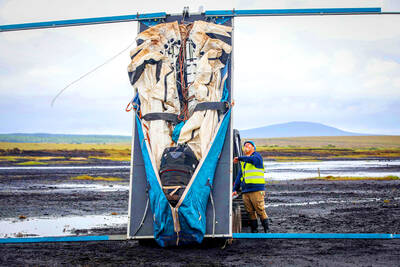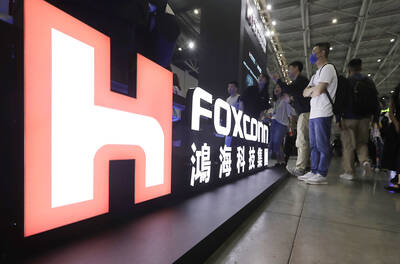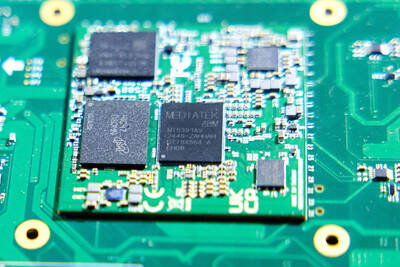Shifting course yet again, United Airlines said Friday that it did not expect to emerge from Chapter 11 bankruptcy this year after all, blaming an uncertain economic outlook for prolonging its work on a restructuring plan.
United officials told a US Bankruptcy Court in Chicago that the airline now expected to leave Chapter 11 protection sometime in the first half of next year. United, a unit of UAL Corp, is the nation's second-largest airline behind American.
Last spring, executives at the airline, including its chief executive, Glenn Tilton, projected that United would emerge from bankruptcy by this December, a year after United sought court protection. At that time, the airline also said its restructuring proposal would be ready by September or October.
Those projections were made when Wall Street was criticizing United for dragging its feet on drafting a comeback plan. In particular, analysts noted that US Airways, the seventh-largest carrier, required only eight months to prepare a structuring plan and emerge from bankruptcy after it filed for Chapter 11 protection last summer.
Summer travel
United's optimism also coincided with the start of the busy summer travel season, a critical time for airlines. United, like its competitors, suffered a sluggish start to the year due to terrorism fears, the war in Iraq and the impact of the SARS outbreak.
In hindsight, analysts said that Tilton's bullishness may have been more an effort to boost optimism about United's fortunes among customers and investors, rather than provide a working timetable. In any case, the latest shift in timing puts United back pretty much to its initial estimate, made at the time it filed for bankruptcy, that it would emerge early next year.
In court testimony on Friday, James Sprayregen, United's lead bankruptcy attorney, said the main reason for the delay is the uncertain atmosphere surrounding the airline industry, which is expected to lose US$8 billion this year, on top of steep losses in 2002 and 2001.
Cash balance
Airlines have enjoyed strong traffic this summer, and United has accumulated a healthy cash balance, which stood at US$2.3 billion in July. But executives throughout the industry widely expect sluggish bookings to resume after the Labor Day holiday.
"It still remains to be seen whether the revenue recovery will be short-lived or long-lived," Sprayregen said.
Earlier this year, United obtained US$2.56 billion in wage and benefit concessions from its unions, after asking the court to impose them if union members did not agree. It has cut costs and trimmed routes, and has been involved in complicated negotiations with the airports it serves, its bondholders and the leaseholders on its airplanes in a bid to save more money.
The most important milestone facing the bankrupt airline is its new application to the Air Transportation Stabilization Board for US$900 million in federal loan guarantees, which would provide the centerpiece of its exit financing.
No guarantees
United's bankruptcy filing followed the stabilization board's rejection of the airline's initial application for loan guarantees, which the board criticized as incomplete and based on overly rosy assumptions. United updated that application twice during the stabilization board's deliberations, amid competitors' jabs that it was being unrealistic.
This time, United officials have been told the board wants to see just one version of a plan, said people with knowledge of the discussions. But forecasts about the future direction of the industry are proving tough to pin down, given the uncertain economic climate, these people said, giving United a reason to wait.
The airline hasn't decided when it will submit a plan, Sprayregen said on Friday. It most likely would submit proposals simultaneously to the stabilization board, its creditors and the bankruptcy court.

On Ireland’s blustery western seaboard, researchers are gleefully flying giant kites — not for fun, but in the hope of generating renewable electricity and sparking a “revolution” in wind energy. “We use a kite to capture the wind and a generator at the bottom of it that captures the power,” said Padraic Doherty of Kitepower, the Dutch firm behind the venture. At its test site in operation since September 2023 near the small town of Bangor Erris, the team transports the vast 60-square-meter kite from a hangar across the lunar-like bogland to a generator. The kite is then attached by a

Foxconn Technology Co (鴻準精密), a metal casing supplier owned by Hon Hai Precision Industry Co (鴻海精密), yesterday announced plans to invest US$1 billion in the US over the next decade as part of its business transformation strategy. The Apple Inc supplier said in a statement that its board approved the investment on Thursday, as part of a transformation strategy focused on precision mold development, smart manufacturing, robotics and advanced automation. The strategy would have a strong emphasis on artificial intelligence (AI), the company added. The company said it aims to build a flexible, intelligent production ecosystem to boost competitiveness and sustainability. Foxconn

Leading Taiwanese bicycle brands Giant Manufacturing Co (巨大機械) and Merida Industry Co (美利達工業) on Sunday said that they have adopted measures to mitigate the impact of the tariff policies of US President Donald Trump’s administration. The US announced at the beginning of this month that it would impose a 20 percent tariff on imported goods made in Taiwan, effective on Thursday last week. The tariff would be added to other pre-existing most-favored-nation duties and industry-specific trade remedy levy, which would bring the overall tariff on Taiwan-made bicycles to between 25.5 percent and 31 percent. However, Giant did not seem too perturbed by the

TARIFF CONCERNS: Semiconductor suppliers are tempering expectations for the traditionally strong third quarter, citing US tariff uncertainty and a stronger NT dollar Several Taiwanese semiconductor suppliers are taking a cautious view of the third quarter — typically a peak season for the industry — citing uncertainty over US tariffs and the stronger New Taiwan dollar. Smartphone chip designer MediaTek Inc (聯發科技) said that customers accelerated orders in the first half of the year to avoid potential tariffs threatened by US President Donald Trump’s administration. As a result, it anticipates weaker-than-usual peak-season demand in the third quarter. The US tariff plan, announced on April 2, initially proposed a 32 percent duty on Taiwanese goods. Its implementation was postponed by 90 days to July 9, then